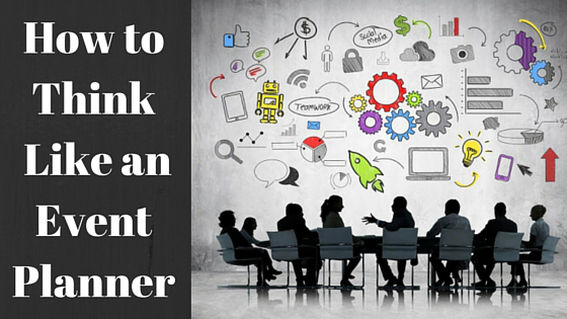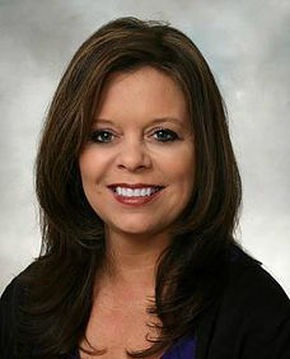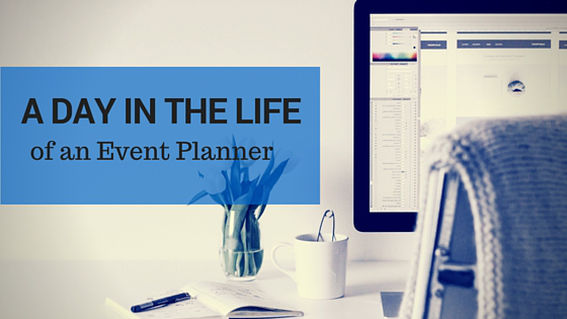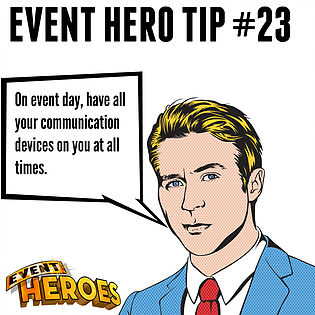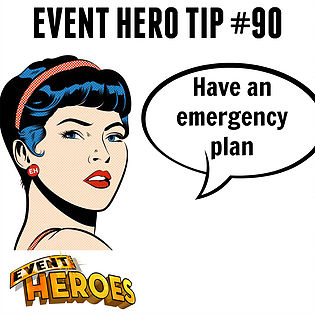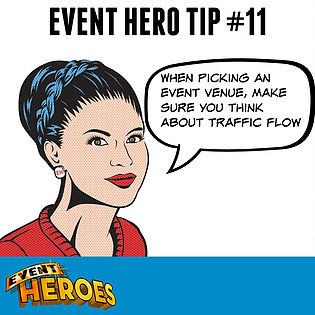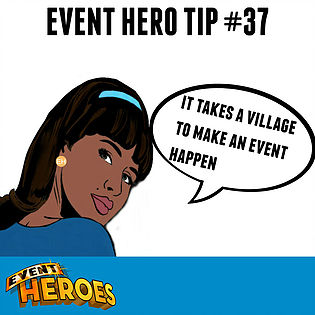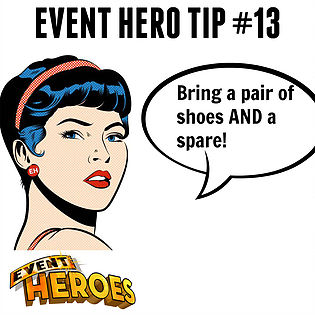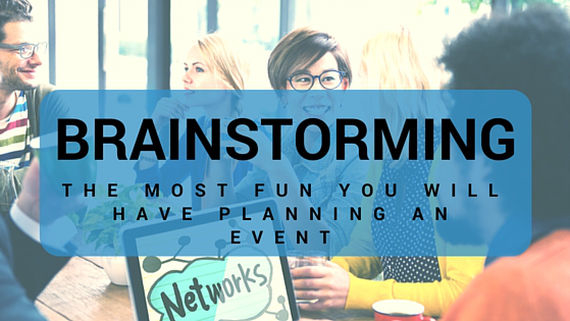You need to get your creative juices flowing to plan your next event, but you just can’t think of a good theme and time is running out. You need to get down to the planning phase quickly! What to do?
Oh, yes, you forgot that little step of Brainstorming! We told you it was important! Who has time to brainstorm you may ask? You do! Unless you are happy repeating the same event over and over again, then you can skip this step.
But, if you take pride in producing unique, customized events that fit your client’s individual needs, brainstorming is an extremely important step. It can make the difference between a good event and a great event that your attendees are talking about for years!
So what are the best ways to get a brainstorming session started? We’ve created a list of our top 10 ways that we like to hold our sessions. The key ideas we always keep in mind, no matter how or where we hold our sessions are: have fun and no idea is off limits!
Brainstorming Tips
1. Create a place that is comfortable: Get rid of the office chairs and desks, those are for the serious thinking and planning!
Imagine walking into a room filled with beanbags in bright colors for seating arrangements. This will take your brainstorming to a whole new level. It’s all about getting out of the BOX and in this instance about creating a creative space.
Have a pajama party. Ask guests to wear their PJ’s (with strict restrictions) to the planning session. Just being comfortable can release the creative thinking gene.
2. Include your whole team: Don’t limit input to the creative / planning staff.
Include the drivers, set dressers, assistants, secretaries, etc.—everyone has a unique viewpoint that will add value to your session.
You’ll find that having the same people brainstorm over and over will end up in the same ideas resurfacing. Adding a member to your team who doesn’t think like the rest of the group will give you different perspectives immediately. You never know who has that next WOW idea, and it might not be the creatives!
3. Establish the RULE: No idea is a bad idea.
Create a judgement-free zone for your session. No one has a bad idea, everyone takes a turn, and everyone has input. Set up the ground rules in the beginning of the session and stick to them.
Decide who will be in charge as a group. This takes away any of the animosity that can occur in groups where the leader is appointed in advance. This is not a competition or a hierarchy like the office. It’s a free flowing, safe, and fun environment.
4. Have a large area to record ideas: This enables everyone to easily read and add their own comments.
Cover the walls in brown butcher paper, have plenty of writing tools available, and encourage picture-drawing to get the creative juices flowing.
Allow everyone a moment in the front of the room to write on the wall, or create spaces for each individual and let them draw or write in their space at any time during the session. They might need the space to write a thought down when the ideas start popping! Brainstorming can be kind of like popcorn…once the first kernel pops, the whole bag explodes!
5. Everyone’s ideas are equal: Nobody should feel shy or reserved.
Give everyone free reign to express their ideas. Brainstorming is about free associating and ideas that caused laughter should not be exploited in the office. You are building comradery and teamwork while gaining all sorts of ideas. Make sure this is one of the rules you set up in the beginning.
6. Collect and save all ideas: You never know when something mentioned in one brainstorming session will spark an idea for another event!
OK, so the crazy idea of flying the CEO in on an airplane cable didn’t work for this event. But it might work for another. Keeping all those ideas in a folder of ideas will help you create this event and many more in the future.
7. NEVER criticize anyone’s ideas: This will lead to self-censorship, which squashes creativity.
Be respectful of other’s ideas—you never know when one silly idea might lead to a brilliant invention.
8. Take turns being the leader: Giving others the chance to lead empowers and expands thinking.
Make sure when doing this that you only have one leader at a time. Otherwise, you could have conflicting power interests.
Changing up leaders will open up different areas of conversation.
9. Work in teams and mix teams up: Have the owner of the company team up with the part-time driver to come up with a theme. You might be surprised what they create together!
Have team competitions for the craziest ideas, the most fun ideas, and the “are you kidding me?!” ideas.
10. HAVE FUN! Brainstorming is the least stressful and the most fun part of event planning!
The most important guidance is to have fun. More ideas come out of relaxed conversation, laughing and giggles, sharing harebrained ideas, and drawings on napkins than any other way of communication. Have fun, build relationships with others, and great ideas will flow that will translate into great events for your attendees!
Finally!
We find brainstorming to be one of the most fun elements of our job. Just letting our hair down for a few hours, laughing at ourselves and our ideas, and usually coming up with some ideas to WOW our audience is what it’s all about for us.
We love finding those unique ways to thrill our audience and this is one of the ways we find works best for our team. Need some quick inspiration? Check out five of our favorite themes to get you started.
What techniques do you use to stir up creative juices? We’d love to know!
Tracy Fuller-White has owned and operated an event production company for 30+ years and has done events nationally and internationally for fortune 100 and fortune 500 companies.

